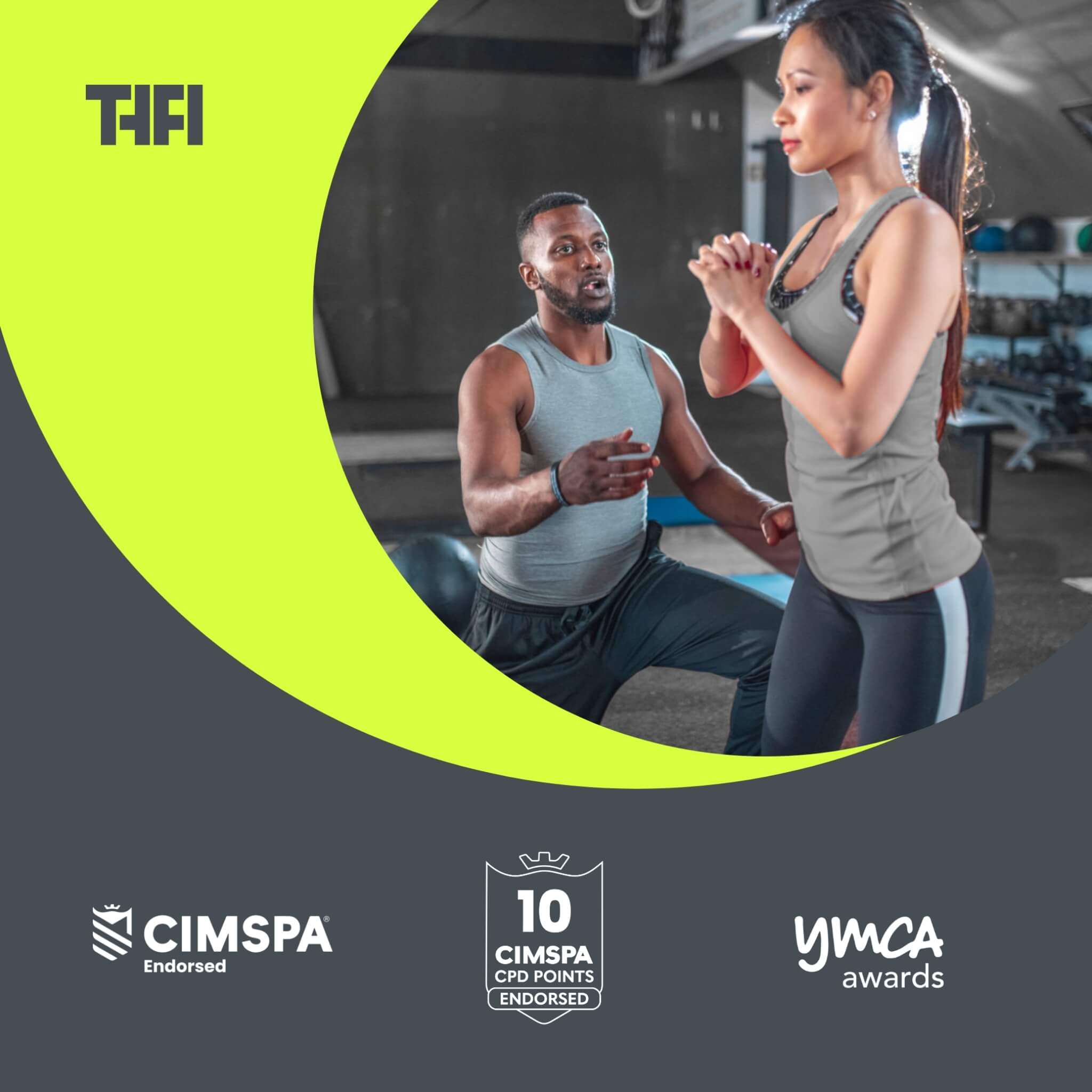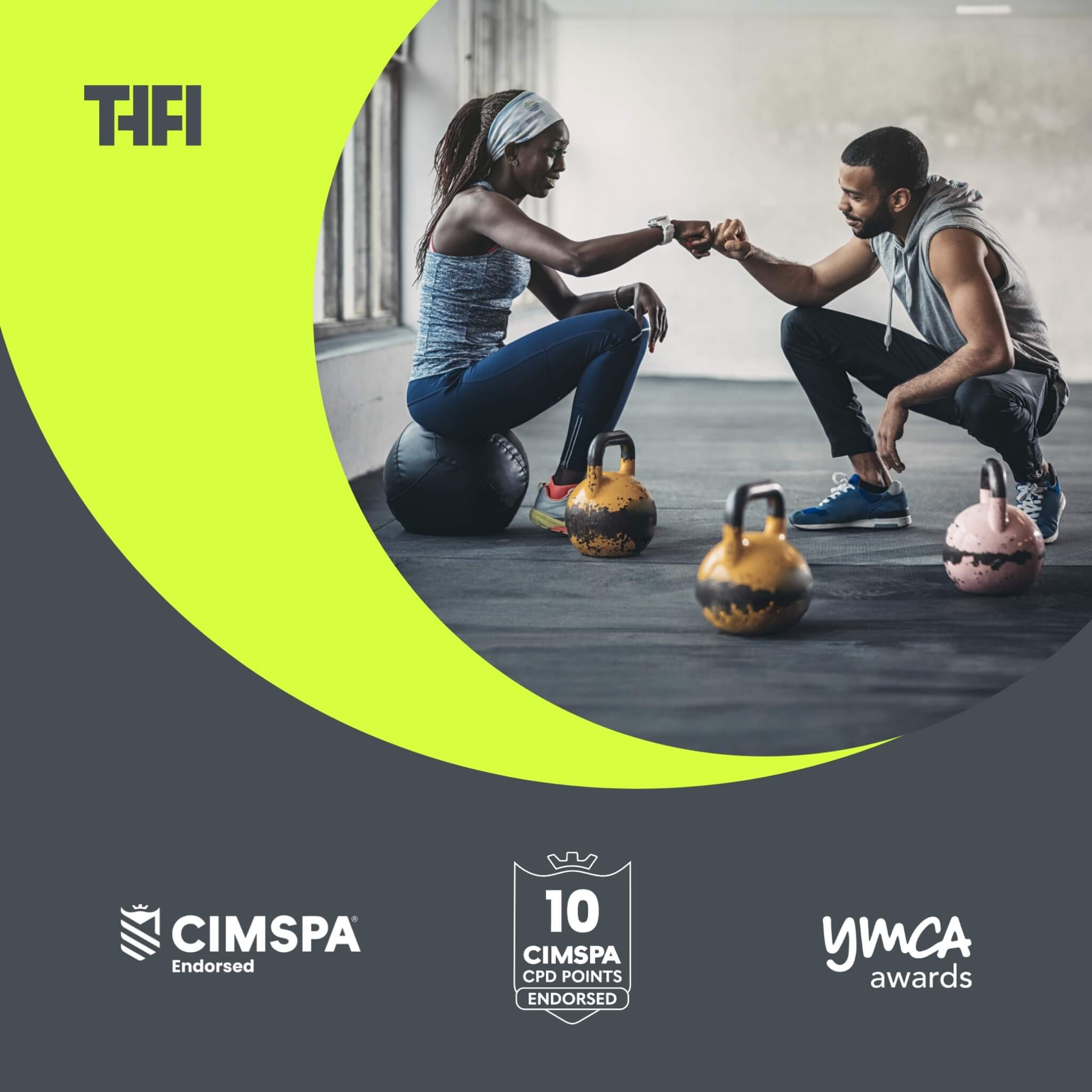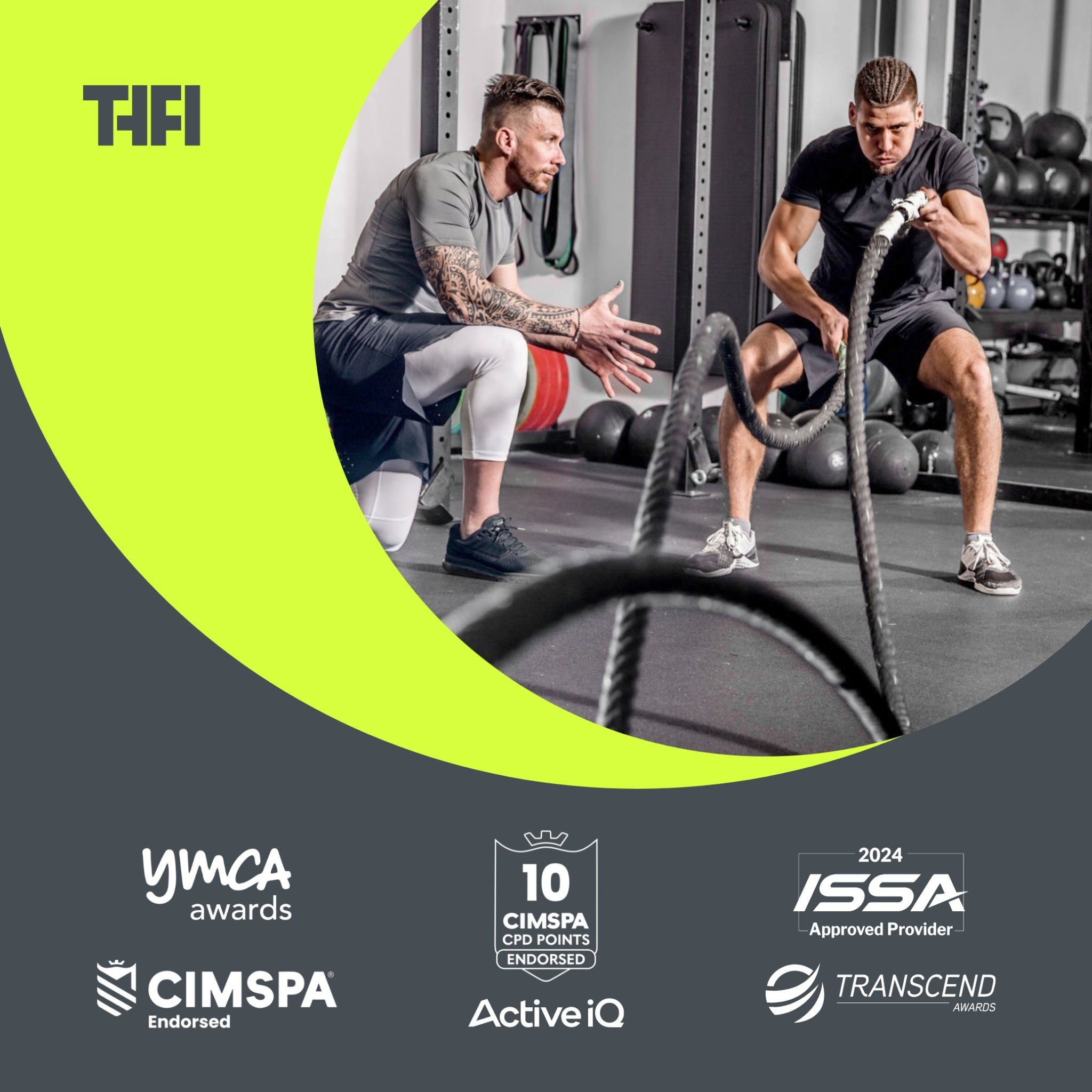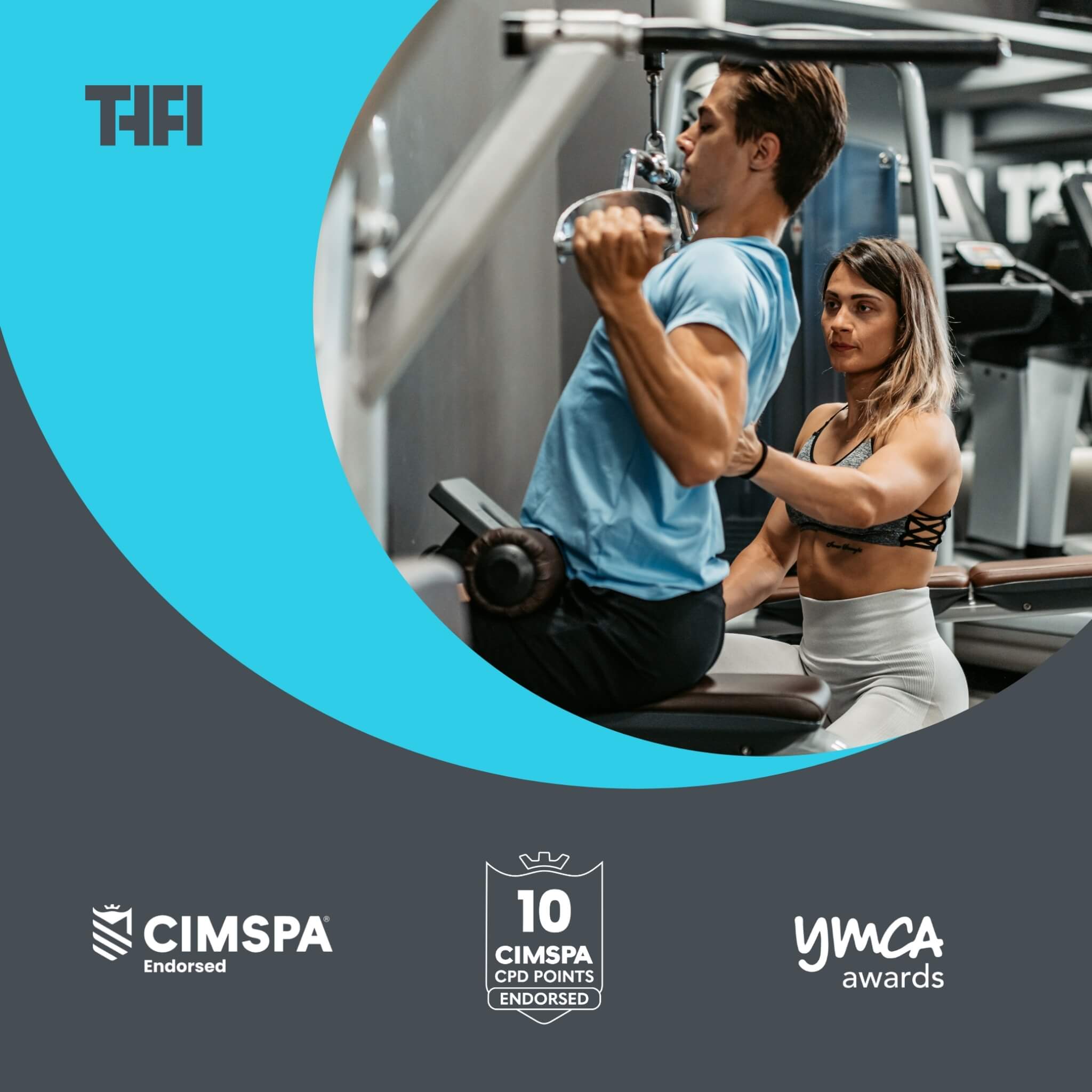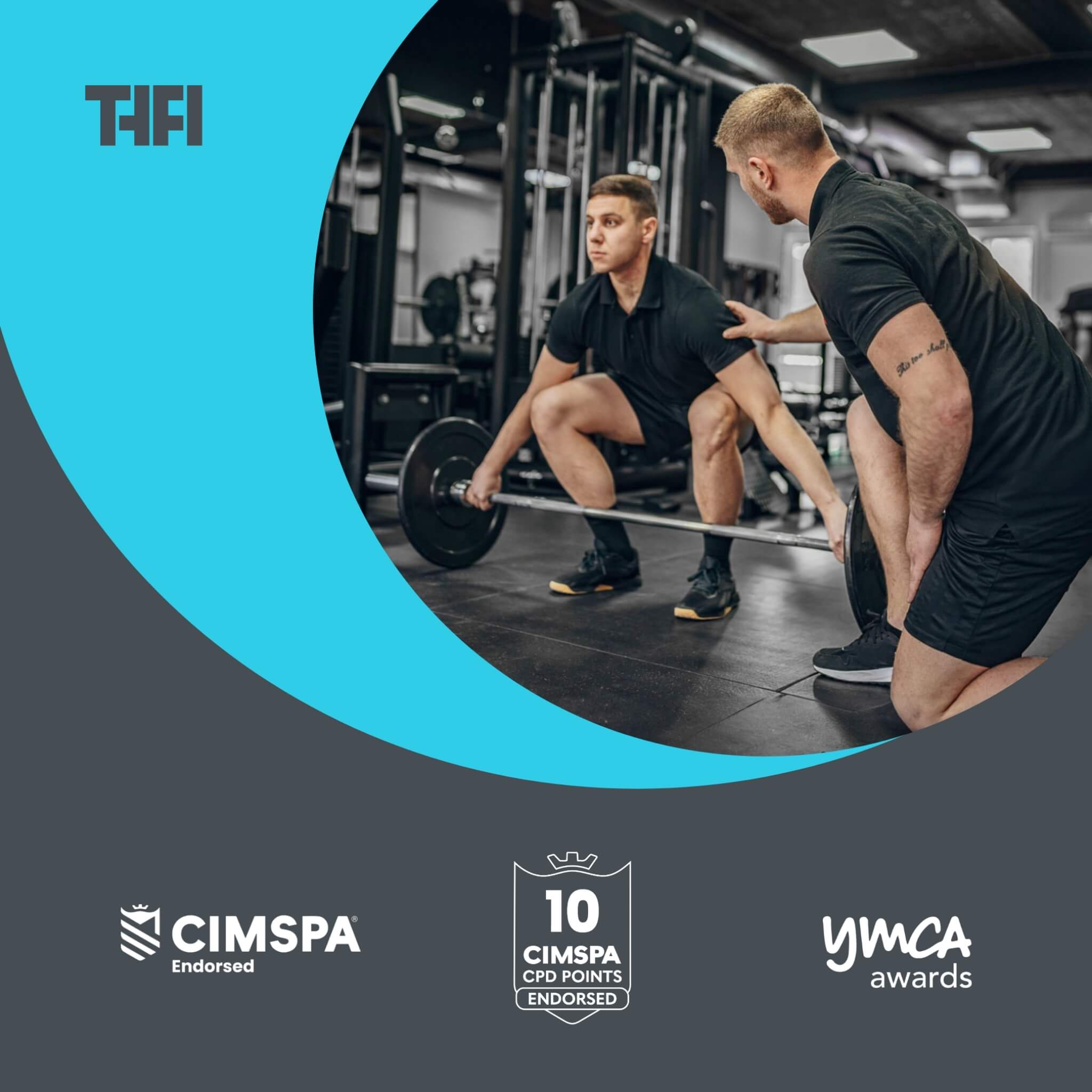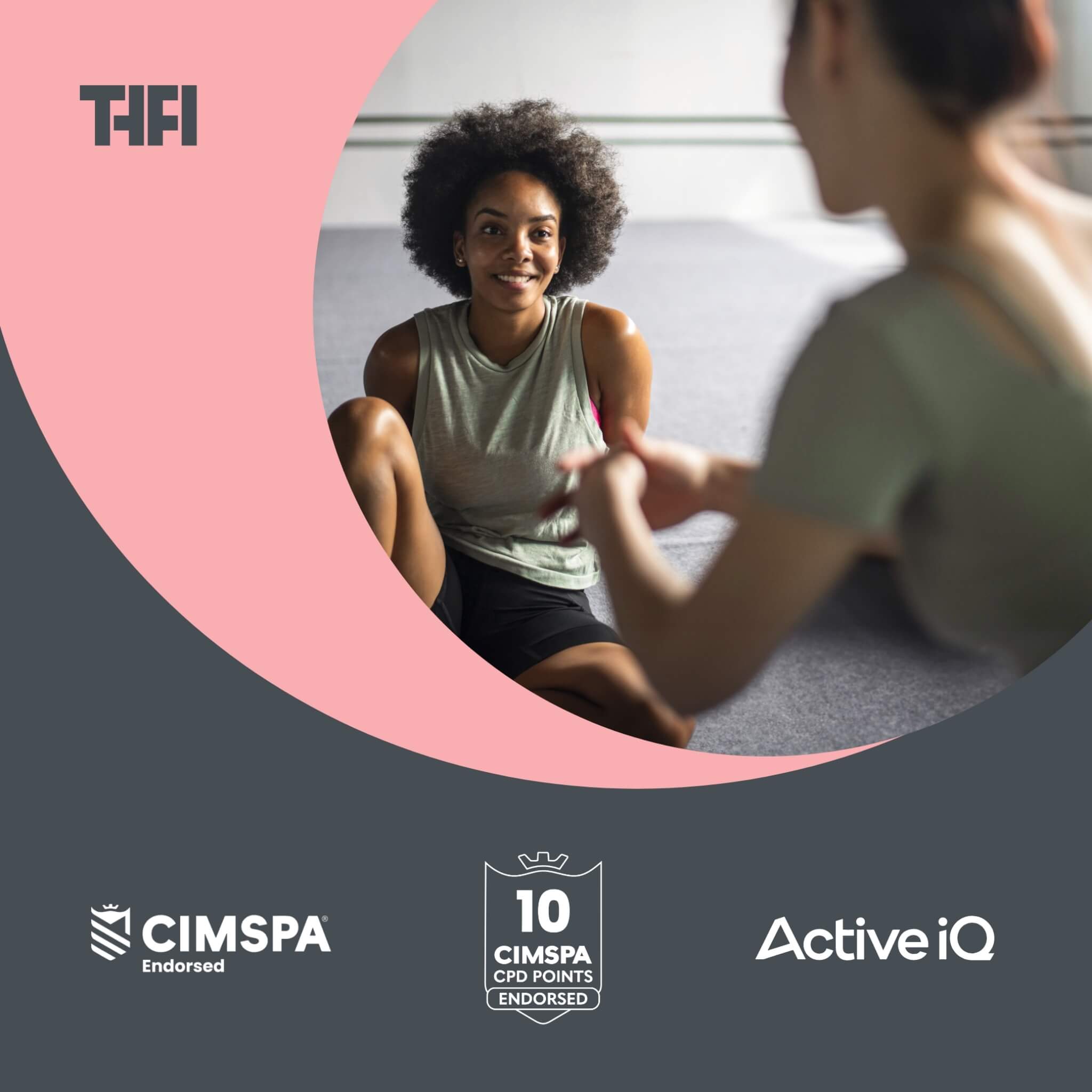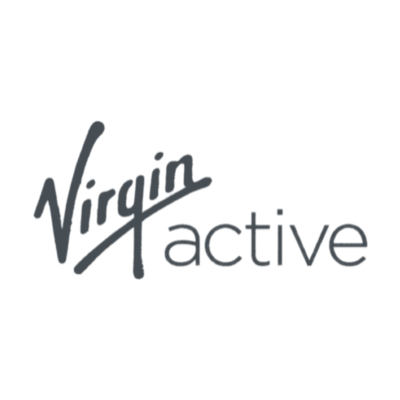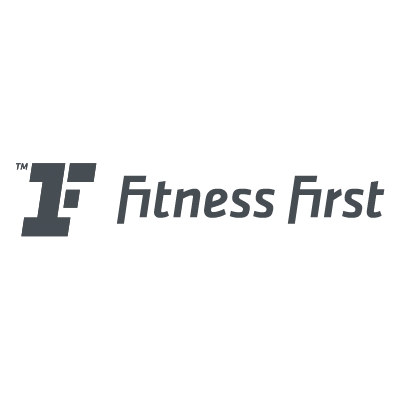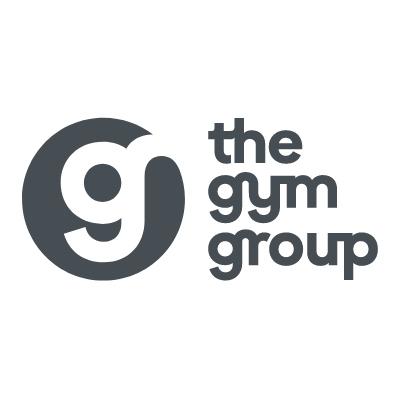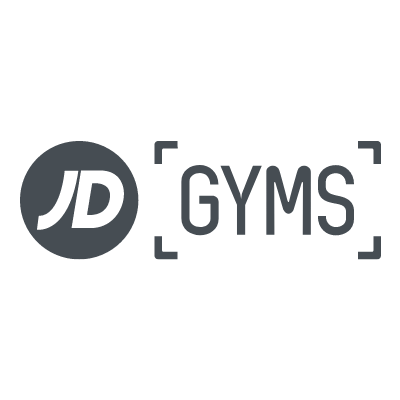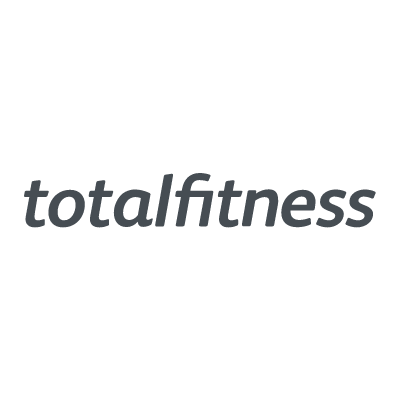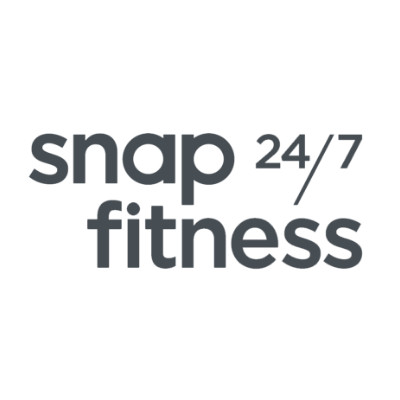How To Overcome Fitness Plateaus With Your Clients

Are your clients hitting a wall with their progress despite following their workout routines to the letter?
As a level 3 personal trainer, encountering fitness plateaus is a common but frustrating challenge. When your clients’ progress stalls, it can leave them feeling demotivated...and even questioning your capabilities as a trainer.
The key to maintaining client satisfaction and retention lies in your ability to help them break through these barriers.
If you’ve already completed your personal training course online, learning how to tackle client plateaus is the next step in sharpening your programming skills and delivering real results.
But what is a fitness plateau? What are the reasons that your clients stop progressing? And what are some of the best ways to help your PT clients through them?
This article shows you some of the simple fixes and the advanced plateau-busting techniques you can use immediately with your clients.
You'll learn about three key strategies: periodisation and training cycles, cross-training and functional training, and leveraging technology and tracking tools.
These methods will help you keep workouts engaging, optimise performance, and monitor progress effectively.
By the end of this article, you'll be equipped with actionable insights to enhance your training programs, boost your clients' success, and solidify your standing as a training expert...
Understanding Fitness Plateaus
What is a fitness plateau?
A fitness plateau occurs when your client’s progress stalls despite continuing their regular workout routine. This lack of progress can be disheartening for both your client and you as a trainer. Plateaus are characterised by a stagnation in performance improvements, such as no increase in strength, endurance, or muscle growth. Recognising a plateau early is crucial in order to address and overcome it effectively.
Why do fitness plateaus happen?
Understanding the reasons behind fitness plateaus is the first step in overcoming them. Here are some common causes:
- Adaptation: The human body is incredibly adaptive. Over time, it becomes accustomed to the stress imposed by a specific workout routine. This adaptation leads to a decrease in the effectiveness of the exercises, causing progress to slow down or halt altogether.
- Nutrition: Diet plays a critical role in fitness progress. If your client’s nutritional intake is not aligned with their fitness goals, it can lead to a plateau. Insufficient protein intake, inadequate caloric consumption, or imbalanced macronutrients can all contribute to stalled progress.
- Overtraining: More is not always better. Pushing clients too hard without allowing adequate recovery time can lead to overtraining. This state not only hampers progress but can also lead to injury and burnout.
- Mental and Emotional Factors: Clients might experience stress, lack of motivation, or mental fatigue, all of which can impact their physical performance and contribute to a plateau.
Signs your client is hitting a fitness plateau
As a personal trainer, it’s essential to be vigilant for signs that your client is experiencing a fitness plateau. Here are some indicators to watch for:
- Stagnant Progress: If your client’s performance metrics, such as weight lifted, running speed, or endurance, have not improved over a few weeks, they might be in a plateau.
- Lack of Enthusiasm: A noticeable drop in motivation or enthusiasm for workouts can indicate that the client is not seeing the expected progress, which can lead to frustration.
- Physical Fatigue: Persistent tiredness or difficulty in recovering from workouts can be a sign of overtraining, contributing to a plateau.
- No Visible Changes: If there are no changes in body composition or muscle definition despite consistent training, it could be a sign of a plateau.
- Increased Injuries: Frequent minor injuries or persistent soreness can indicate that the client’s body is not coping well with their current routine, suggesting a need for change.
By understanding what a fitness plateau is, why it occurs, and how to identify it, you are better equipped to help your clients navigate through these challenging periods.
The next step is to explore effective strategies to overcome these plateaus, ensuring continuous progress and satisfaction for your clients.
Effective Strategies to Overcome Plateaus
Reassessing Goals and Progress
Importance of regular assessments and goal setting
Doing regular assessments and goal setting with your client is fundamental in identifying and overcoming fitness plateaus. Start by conducting a thorough review of your client’s current progress. This includes analysing performance metrics, body composition, and overall well-being. Setting clear, achievable goals helps keep clients motivated and provides a roadmap for continued progress. Ensure these goals are specific, measurable, attainable, relevant, and time-bound (SMART).
Variety and Progressive Overload
Introducing New Exercises
One effective way to break a plateau is by introducing new exercises into your client’s routine. Variety prevents the body from becoming too accustomed to specific movements or exercises, thus continuing to challenge different muscle groups or the same muscle groups but in different ways. There is so much variety and so many ways you can adapt or progress movements to give your clients a novel stimulus. If you’re client is plateauing on barbell back squats, you could switch to front squats for a period of time before switching back. You could look at box squats, or even adding chains and bands to alter the strength curve of the lift. Or move to unilateral quad exercises like split squats to challenge the muscle in different ways.
Modifying Training Variables (sets, reps, intensity)
Altering training variables like sets, reps, and intensity can provide the necessary stimulus to overcome a plateau. For instance, if your client has been doing 3 sets of 10 reps, switch it up to 4 sets of 6-8 reps with heavier weights, or 2 sets of 15-20 reps with lighter weights. Adjusting the intensity by incorporating techniques like drop sets, supersets, or pyramid sets can also reignite progress.
Incorporating Different Training Styles (HIIT, strength training, etc)
Incorporating different training styles such as High-Intensity Interval Training (HIIT), strength training, or circuit training can keep workouts exciting and effective. HIIT, for example, is excellent for improving cardiovascular fitness and burning calories in a short amount of time. Strength training, on the other hand, focuses on building muscle and increasing strength. Mixing these styles ensures a well-rounded approach that continually challenges the body.
Nutrition and Recovery
Reviewing Nutritional Intake
Nutrition plays a critical role in helping your clients to overcome plateaus. First, conduct a detailed review of your client’s diet to ensure it supports their fitness goals. This might involve increasing protein intake to support muscle growth, adjusting macronutrient ratios, or ensuring they are consuming enough calories to fuel their workouts. Collaborating with a nutritionist can provide more personalised and precise dietary recommendations.
Importance of Adequate Rest and Recovery Techniques
Adequate rest and recovery are essential for progress. Ensure your client understands the importance of rest days and quality sleep. Incorporating recovery techniques such as stretching, foam rolling, and even activities like yoga can help reduce muscle soreness and improve flexibility, allowing the body to repair and strengthen. Educate your clients about the signs of overtraining and the benefits of taking time to recover fully that are necessary to see consistent progress.
Mental and Motivational Techniques
Setting Short-term Achievable Goals
Setting short-term, achievable goals can provide clients with a sense of accomplishment and keep them motivated. When they’re motivated, they’re much more likely to be in a good place to progress. These goals should be realistic and tailored to their current fitness level. Celebrating small victories, such as increasing weights lifted or times achieved, can boost confidence and maintain enthusiasm.
Keeping Workouts Fun and Engaging
Keeping workouts fun and engaging is crucial for long-term adherence. Incorporate elements that your client enjoys, whether it’s outdoor activities, group classes, or incorporating music into their sessions. Regularly changing the workout environment or introducing new fitness challenges can also keep things interesting.
Positive Reinforcement and Mindset Coaching
Positive reinforcement and mindset coaching are powerful tools in overcoming plateaus. Encourage your clients with positive feedback and remind them of how far they’ve come. Teaching techniques such as visualisation, goal-setting, and stress management can also help them maintain a positive mindset. Regular check-ins to discuss progress, challenges, and strategies can foster a supportive and motivating relationship.
Advanced techniques for breaking plateaus
Periodisation and training cycles
Periodisation is a systematic approach to training that involves dividing a training programme into distinct cycles or phases. Each phase has specific goals, such as building endurance, increasing strength, or enhancing power. The primary benefit of periodisation is that it prevents overtraining and promotes continuous improvement by varying the training stimulus.
In practice, periodisation helps your clients avoid plateaus by ensuring their bodies are constantly adapting to new challenges. For example, a typical periodised programme might include a four-week phase focused on hypertrophy, followed by a four-week strength phase, and then a four-week power phase. This cyclical approach not only keeps training interesting for your clients but also optimises their performance and reduces the risk of injury.
Research has consistently shown that periodised training programmes are more effective at improving strength and performance compared to non-periodised routines (Kraemer & Fleck, 2007). By incorporating periodisation into your training plans, you can help your clients achieve better results, which in turn enhances your reputation as a knowledgeable and effective trainer.
Cross-training and functional training
Cross-training involves incorporating a variety of exercise modalities into a training programme. This approach not only helps prevent plateaus but also enhances overall fitness by working different muscle groups and energy systems. Functional training, on the other hand, focuses on exercises that mimic real-life movements and improve strength, balance, and coordination.
For instance, if your client primarily engages in running, adding swimming or cycling to their routine can provide a new stimulus and help improve their cardiovascular fitness without overloading their joints. Functional training exercises like kettlebell swings, medicine ball throws, and balance drills can improve core stability and functional strength, making everyday activities easier and reducing the risk of injury.
A study published in the Journal of Strength and Conditioning Research found that athletes who engaged in cross-training experienced significant improvements in their primary sport performance (Ebben & Watts, 1998). By integrating cross-training and functional training into your clients' routines, you can help them break through plateaus and achieve a more balanced and comprehensive level of fitness.
Technology and tracking tools
Technology and tracking tools have become invaluable for personal trainers. Apps and devices such as heart rate monitors, GPS watches, and fitness trackers provide real-time data on your clients' performance, allowing you to make informed adjustments to their training plans.
Using these tools, you can monitor various metrics, such as heart rate variability, sleep patterns, and activity levels. This data helps you identify early signs of overtraining or underperformance, enabling you to adjust training intensity, volume, and recovery strategies accordingly. For example, if a client's heart rate variability indicates high stress levels, you might reduce the intensity of their workouts and focus on recovery techniques until their metrics normalise.
Additionally, many fitness apps offer features such as workout logging, progress tracking, and goal setting. These features not only help you keep your clients accountable but also provide tangible evidence of their progress, which can be highly motivating.
Research supports the efficacy of using technology in fitness training. A study in the British Journal of Sports Medicine found that individuals who used activity trackers increased their physical activity levels and improved their fitness outcomes (Bravata et al., 2007). By leveraging technology, you can deliver more personalised and effective training programmes, helping your clients achieve their goals faster and more efficiently.
Conclusion
There’s often no ‘quick fix’ to breaking through a plateau, and it can take a multifaceted approach. By understanding what plateaus are and why they occur, you can identify early signs and take proactive measures. Implementing effective strategies such as regular goal reassessment, introducing variety and progressive overload, optimising nutrition and recovery, and incorporating mental and motivational techniques ensures continuous progress.
For advanced techniques, periodisation and training cycles offer a structured way to prevent overtraining and keep workouts dynamic. Cross-training and functional training provide comprehensive fitness benefits, while technology and tracking tools enable precise monitoring and adjustment.
Stay adaptable, continue learning, and remember that the key to success lies in your ability to evolve with your clients' needs.





